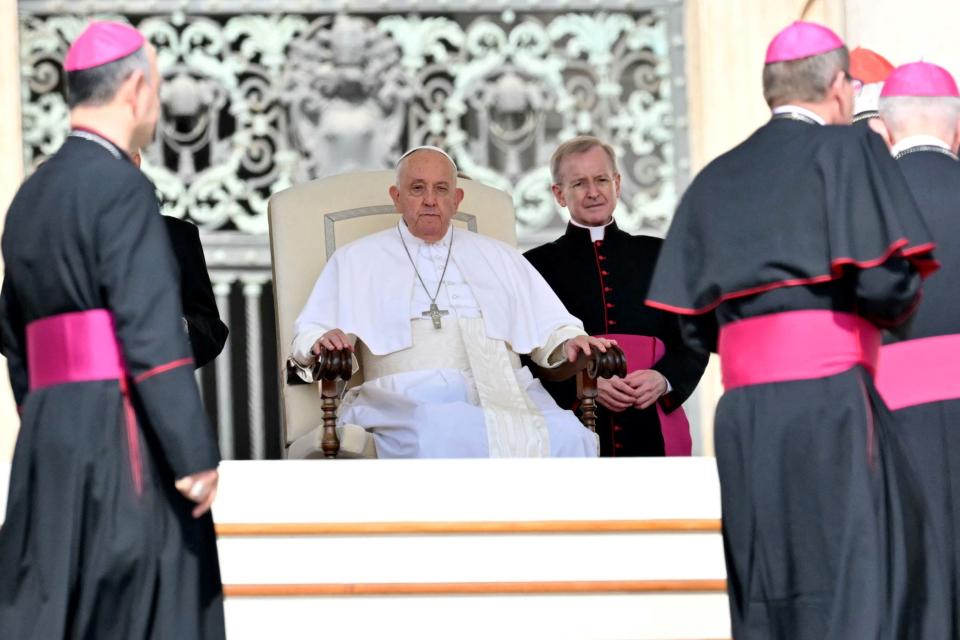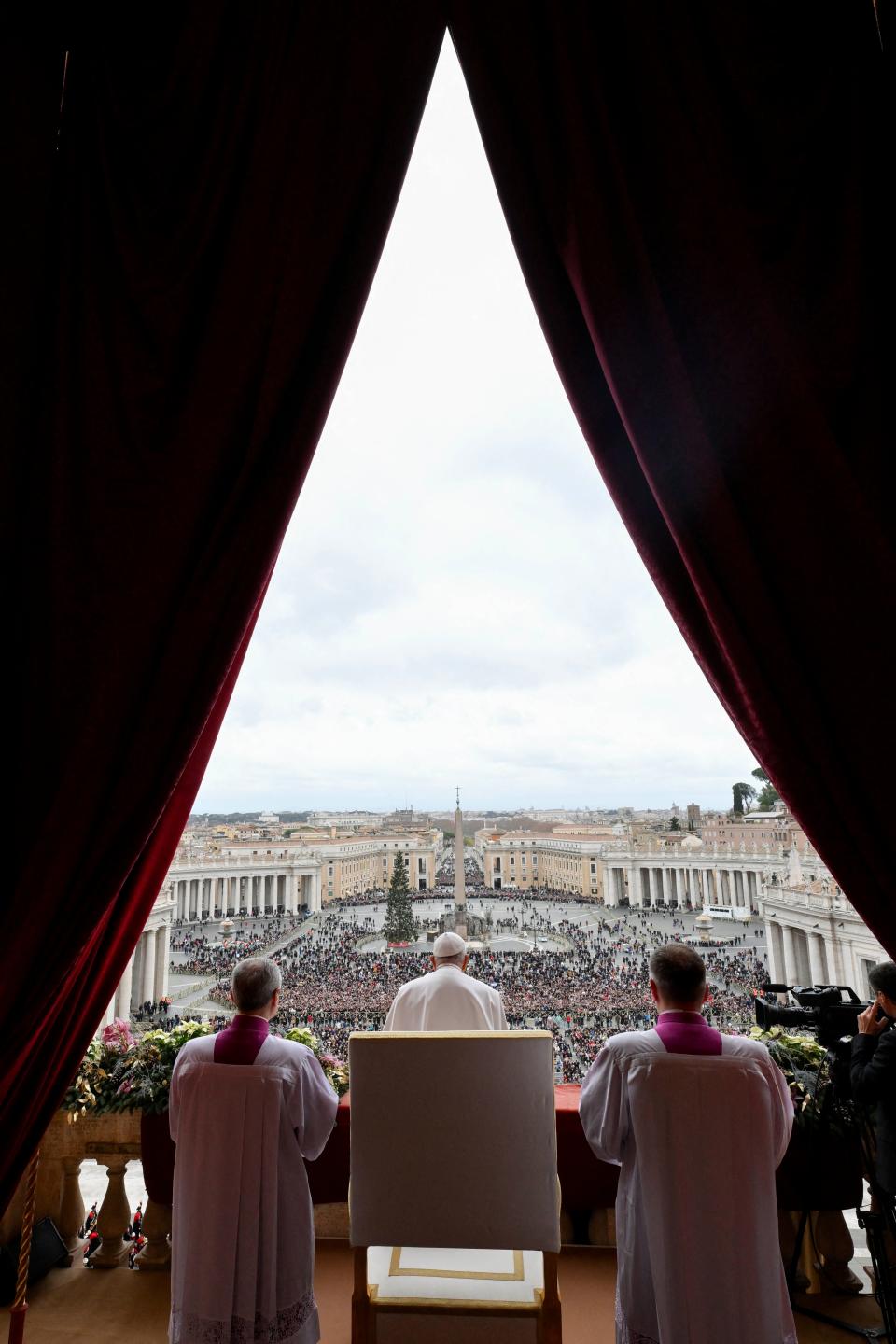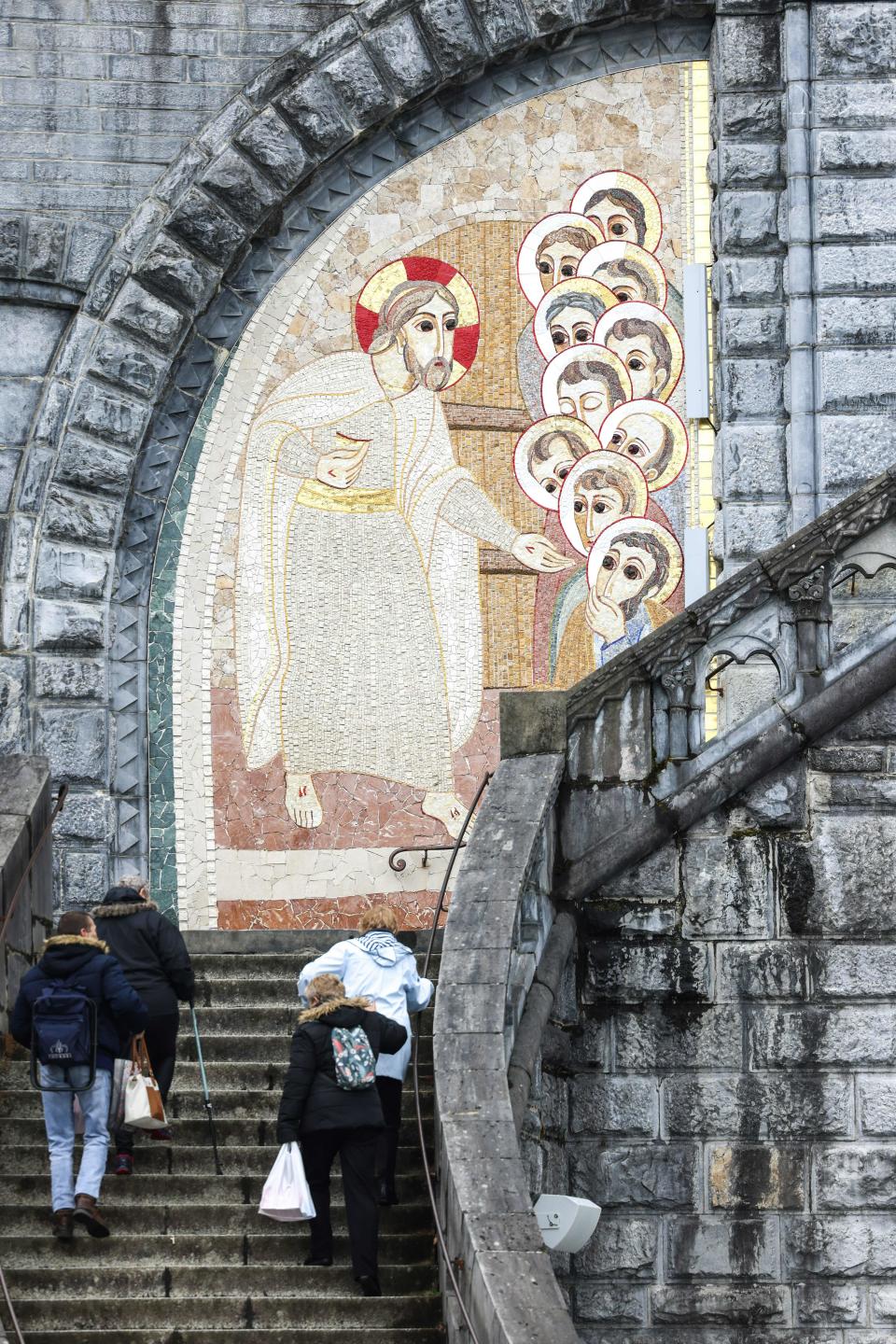As supernatural claims flourish online, the Vatican revamps apparition rules for 1st time since 1978
It's about to become very rare for the Vatican to gives its stamp of approval to supernatural claims of weeping statues of the Virgin Mary and divine apparitions.
Under new guidelines revealed Friday, the Vatican has radically reformed its process for evaluating seemingly supernatural phenomena. The document, compiled by the Vatican’s Dicastery for the Doctrine of the Faith, is a bid for the Catholic Church to exert more control over unverified claims of faith-based events – including anything from stigmata wounds mirroring those of Jesus Christ, to holy visions.
Approved last month by Pope Francis, the rules officially take effect Sunday and offer instructions to bishops, who have long been responsible for evaluating reported claims.
In the document, church leaders make clear that the intention of the guidelines' revisions is not to deny all new claims that emerge.
“The Church needs clear procedures,” the document states. The norms "are not intended to control or (even less) stifle the Spirit."

What to know about the new rules
The reforms strengthen the criteria that bishops will use to investigate and possibly reject reports of alleged miraculous events.
However, Vatican approval will be required before ruling on the validity of those reports. The Dicastery of Congregation of the Faith, which is in charge of religious discipline within the Catholic church, will also weigh in on each case.
The new guidance outlines six possible conclusions that church leaders investigating events can reach, the most direct of which is outright rejection.
Significantly, the church will no longer endorse or verify any event as supernatural in origin. In that case, labeled as nihil obstat, the church will be determining that, while the event is not confirmed as supernatural, nothing about it is contrary to the faith.
While bishops may promote it, Catholics will no longer be compelled to believe it, the document makes clear.
New norms replace 1978 guidelines
The last time the Vatican issued rulings on supernatural phenomena was in 1978, but those guidelines were kept secret until 2011.
While the document does not reference specific fraudulent cases that made it necessary to replace those rules, the Vatican did acknowledge that the 1978 norms “are no longer adequate” – especially in the internet age.

Social media has allowed wild claims and obvious hoaxes to proliferate online, spreading like wildfire and capturing the imaginations of faithful Catholics eager to believe in the supposed divine phenomena. In the document, church leaders expressed concern about charlatans attempting to make money or gain power by manipulating people's beliefs.
“The use of purported supernatural experiences or recognized mystical elements as a means of or a pretext for exerting control over people or carrying out abuses is to be considered of particular moral gravity,” the document states.
Pilgrims flock to Lourdes, France, Fatima, Portugal after verified apparitions
Reported visions of the Virgin Mary and other divine apparitions, as well as stigmata appearing on hands and feet, have rippled through the Catholic Church for as long as it's existed.
Those recognized by the Vatican have inspired mass pilgrimages to the sights where they are said to have occurred.

Millions of faithful have for decades been drawn to Lourdes, France, where the Virgin Mary is said to have appeared in the 19th century, as well as in Fátima, Portugal, where she was alleged to have appeared again in 1917 to a group of children.
The church may have no desire to detract from such significant events, which have become a touchstone of the Catholic faith for many. But as Cardinal Victor Manuel Fernandez wrote in the document, "there are serious critical issues that are detrimental to the faithful."
"I am thinking of the use of such phenomenon to gain 'profit, power, fame, social recognition, or other personal interest," wrote Fernandez, head of the Vatican's doctrinal office.
Contributing: Anthony Robledo, USA TODAY
Eric Lagatta covers breaking and trending news for USA TODAY. Reach him at elagatta@gannett.com
This article originally appeared on USA TODAY: Vatican revamps rule on apparitions, supernatural phenomena claims

